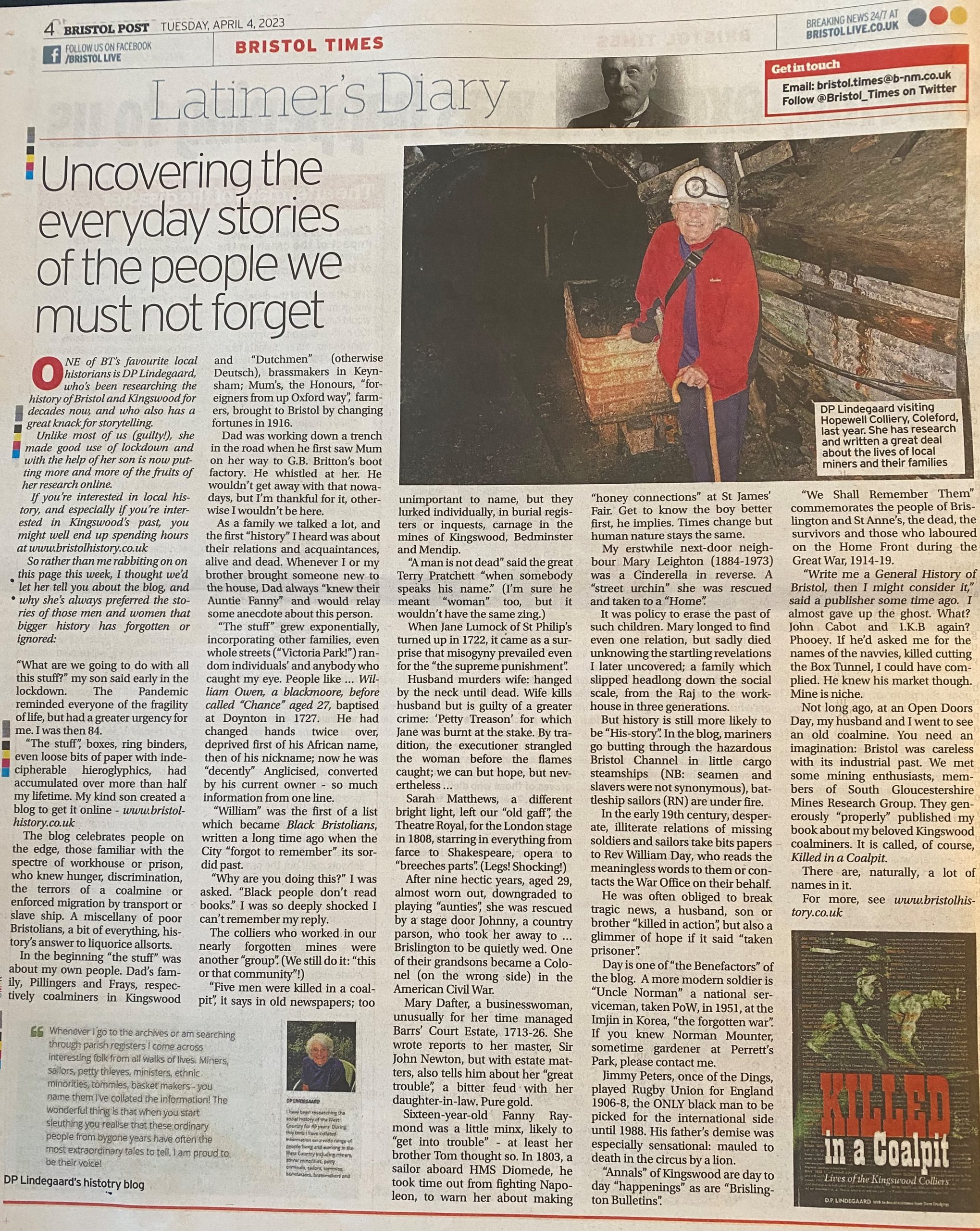
This was the headline of my article in Bristol Times (the local history supplement of Bristol Post) on 4 April 2023
“What are we going to do with all this stuff?” my son said early in the lockdown. The Pandemic reminded everyone of the fragility of life but had a greater urgency for me. I was then 84. “The stuff”, boxes, ring binders, even loose bits of paper with indecipherable hieroglyphics, took me more than half my lifetime. My kind son created a blog to get “the stuff” online.
bristolhistory.co.uk celebrates the people on the edge, those familiar with the spectre of workhouse or prison, who knew the terrors of a coalmine or enforced migration by transport or slave ship. A miscellany of poor Bristolians, a bit of everything, history’s answer to liquorice allsorts.
In the beginning “the stuff” was about my own people. Dad’s family, Pillingers and Frays, respectively coalminers in Kingswood and “Dutchmen” (otherwise Deutsch), brassmakers in Keynsham; Mum’s, the Honours, “foreigners from up Oxford way”, farmers, brought to Bristol by changing fortunes in 1916. Dad was working down a trench in the road when he saw Mum on her way to G.B. Britton’s boot factory. He whistled at her. He wouldn’t get away with that nowadays, but I’m thankful for it, otherwise I wouldn’t be here. As a family we talked a lot, and the first “history” I heard was about their relations and acquaintances, alive and dead. Whenever I or my brother brought someone new to the house Dad always “knew their Auntie Fanny” and would relay some anecdote about this person.
“The stuff” grew exponentially, incorporating other families, even whole streets (“Victoria Park!”) random individuals’ and anybody who caught my eye like…….
……..William Owen, a blackmoore, before called “Chance” aged 27, baptised at Doynton in 1727. He had changed hands twice over, deprived first of his African name, then of his nickname; now he was “decently” Anglicised, converted by his current owner, so much information in one line. “William” was the first of a list which became “Black Bristolians” before anyone took an interest in Bristol’s sordid Past. “Why are you doing this?” I was asked at the time. “Black people don’t read books.” I was so deeply shocked I can’t remember my reply.
The colliers who worked in our nearly forgotten mines were another “group”. (We still do it: “this or that community”!) “Five men were killed in a coalpit”, it says in old newspapers, too unimportant to name, but they lurked individually, in burial registers or inquests, carnage in the mines of Kingswood, Bedminster and Mendip.
“A man is not dead” said the great Terry Pratchett “when somebody speaks his name. (I’m sure he meant “woman” too, but it wouldn’t have the same zing.)
When Jane Lumock of St Philip’s turned up in 1722, it came as a surprise that misogyny prevailed even for the “the supreme punishment”. Husband murders wife: hanged by the neck until dead. Wife kills husband but is guilty of a greater crime. ‘Petty Treason’ for which Jane was burnt at the stake. By tradition, the executioner strangled the woman before the flames caught; we can but hope, but nevertheless……
Sarah Matthews, a different bright light, left our “old gaff”, the Theatre Royal for the London stage in 1808, starring in everything from farce to Shakespeare, opera to “breeches parts”. (Legs! Shocking!) After nine hectic years, aged 29, almost worn out, downgraded to playing “aunties”, she was rescued by a stage door Johnny, a country parson, who took her away to……Brislington to be quietly wed. One of their grandsons became a Colonel (on the wrong side) in the American Civil War.
Mary Dafter, a businesswoman, unusual for her time managed Barrs’ Court Estate, 1713-26. She wrote reports to her master, Sir John Newton, but with estate matters, tells him about her “great trouble”, a bitter feud with her daughter-in-law. Pure gold.
Sixteen-year-old Fanny Raymond was a little minx, likely to “get into trouble”, at least her brother Tom thought so. In 1803, a sailor aboard HMS Diomede, he took time out from fighting Napoleon, to warn her about making “honey connections” at St James’ Fair. Get to know the boy better first, he implies, there are too many of the wrong sort about. Times change but human nature stays the same.
It’s a wonder some people survived at all. The life of Harriet Bumford, 1831-95, was desperate (but “good copy” as she got into the papers). Her progeny landed up in Canada, as did many Bristol waifs. My erstwhile next-door neighbour Mary Leighton, 1884-1973, was a Cinderella in reverse. A “street urchin” she was rescued and taken to a “Home”. It was policy to erase the past of such children. Mary longed to find even one relation, but sadly died unknowing the startling revelations I later uncovered; a family which slipped headlong down the social scale, the Raj to the Workhouse in three generations.
But history is still more likely to be “His-story”. In the blog, mariners go butting through the hazardous Bristol Channel in little cargo steamships (NB. seamen and slavers were not synonymous), battleship sailors (RN) are under fire. In the early 19th century, desperate, illiterate relations of missing soldiers and sailors take bits papers to Rev William Day, who reads the meaningless words to them or contacts the War Office on their behalf. He was often obliged to break tragic news, a husband, son or brother “killed in action”, but also a glimmer of hope, “taken prisoner”. Day is one of “the Benefactors” of the blog. A more modern soldier is “Uncle Norman” a national serviceman, taken POW, 1951, at the Imjin in Korea, “the forgotten war”. If you knew Norman Mounter sometime gardener at Perrett’s Park, please contact me.
Jimmy Peters, once of the Dings, played Rugby Union for England 1906-8, the ONLY black man to be picked for the international side until 1988. His father’s demise was especially sensational: mauled to death in the circus by a lion.
“Annals” of Kingswood are day to day “happenings” as are “Brislington Bulletins”. “We Shall Remember Them” commemorates the people of Brislington and St Anne’s, the dead, the survivors and those who laboured on the Home Front during the Great War, 1914-19.
“Write me a General History of Bristol, then I might consider it,” said a publisher some time ago. I almost gave up the ghost. What? John Cabot, I.K.B again? Phooey. If he’d asked me for the names of the navvies, killed cutting the Box Tunnel, I could have complied. He knew his market though. Mine is niche. Not long ago, at an Open Doors Day, my husband and I went to see an old coalmine. You need an imagination: Bristol was careless with its industrial past. We met some mining nuts, members of South Gloucestershire Mines Research Group. They generously “properly” published my book about my beloved Kingswood coalminers. It is called, of course, “Killed in a Coalpit”? There are, naturally, a lot of names in it.
(These stories, in greater detail, plus many more, can be found, of course on my website, www.bristolhistory.co.uk)
With thanks to Eugene Byrne, Bristol Times.


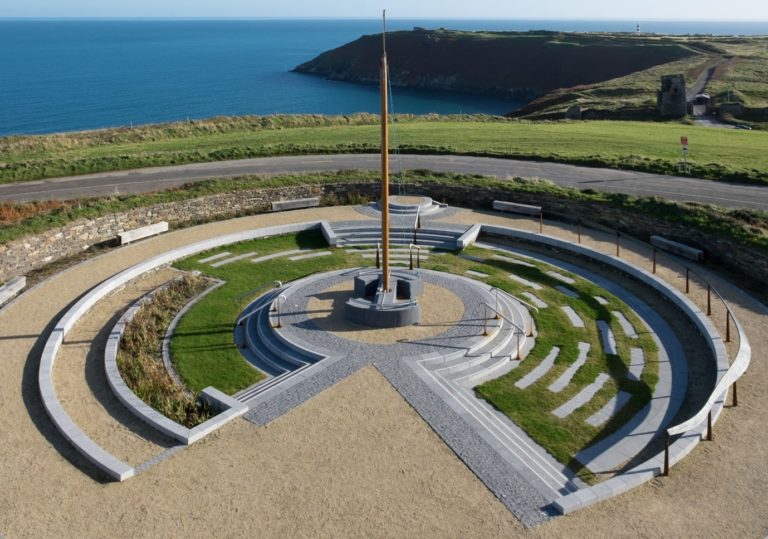
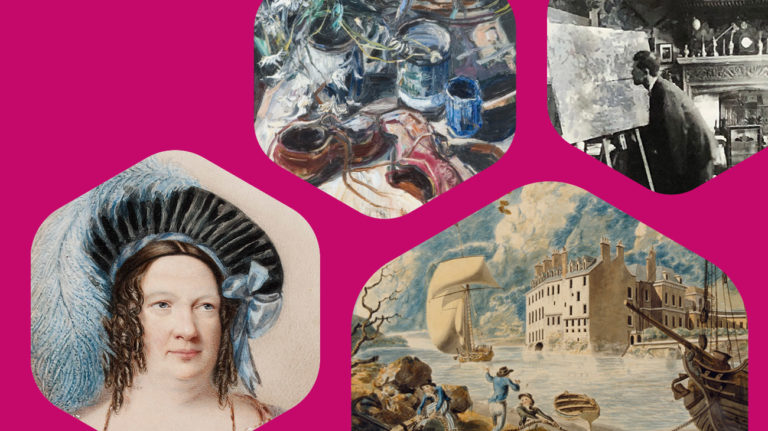
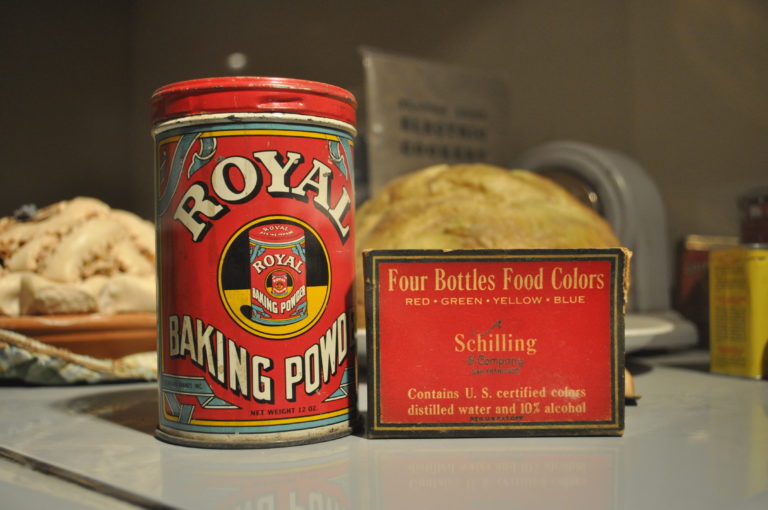
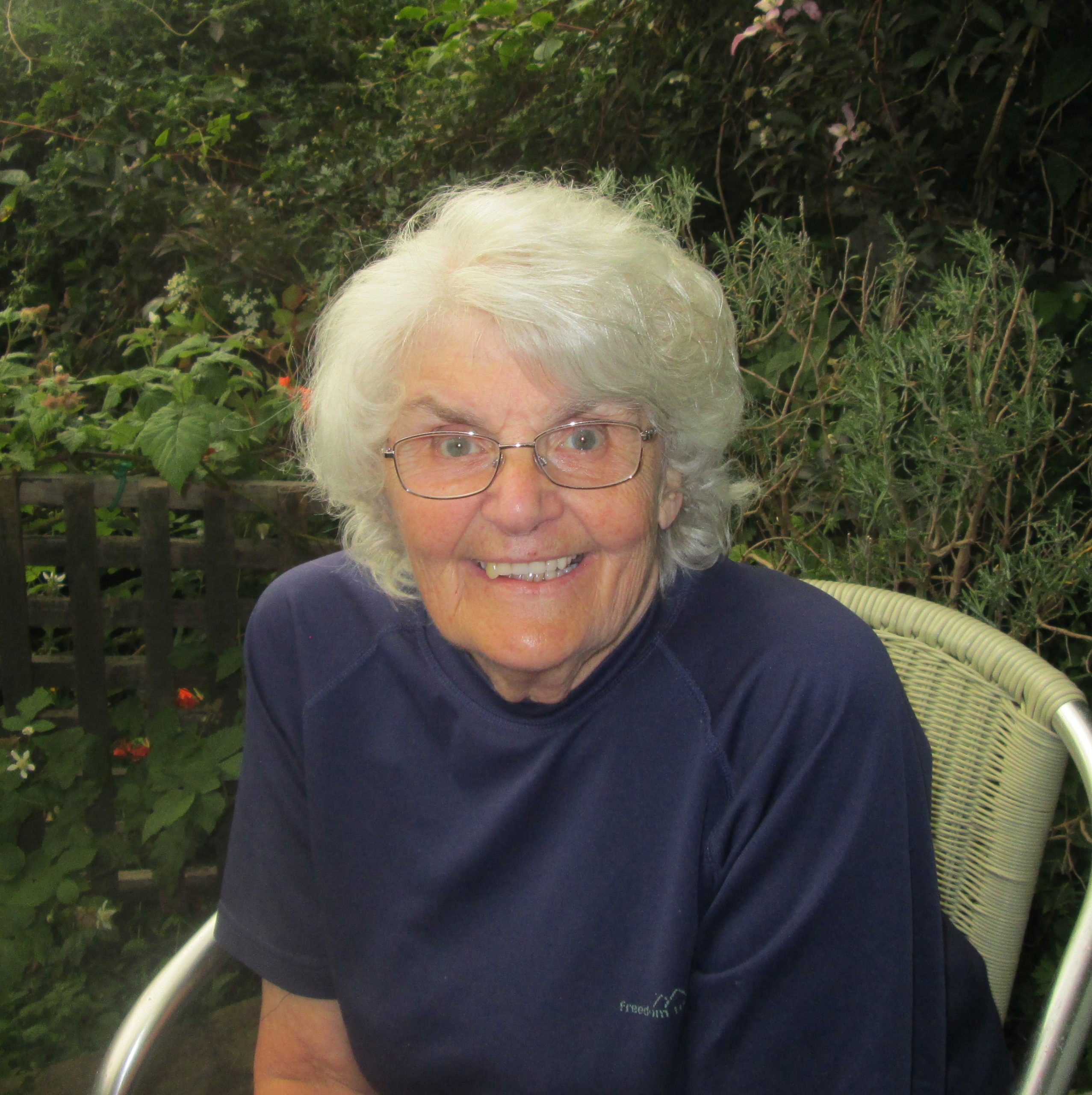



Leave a Comment